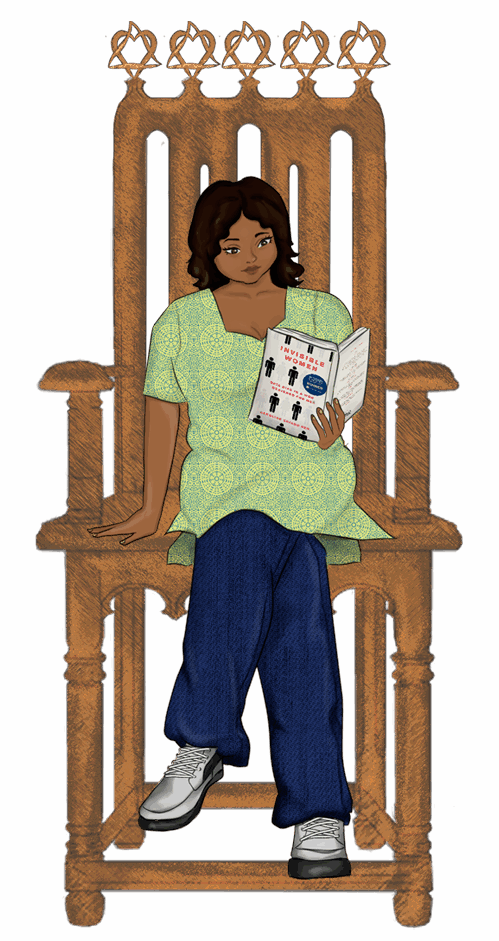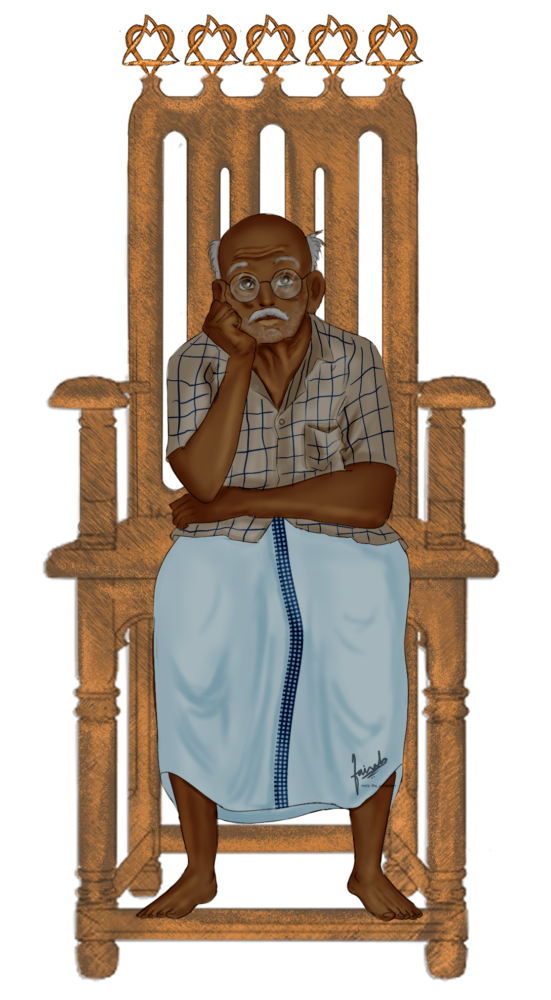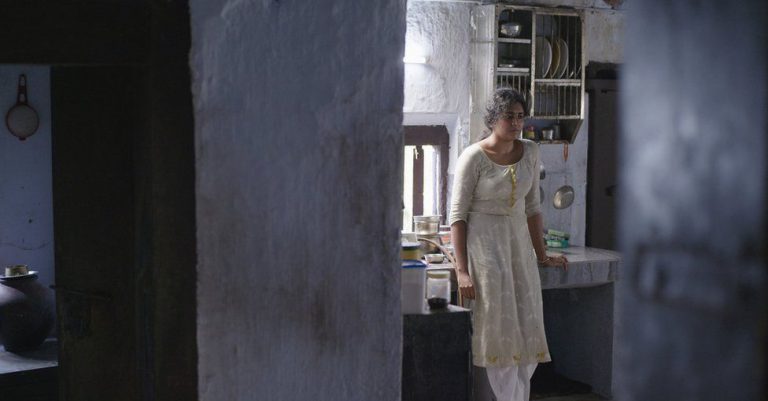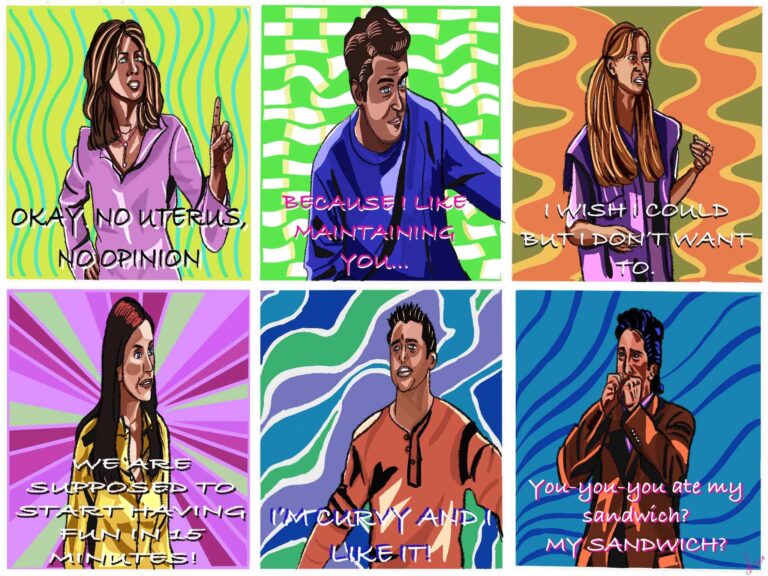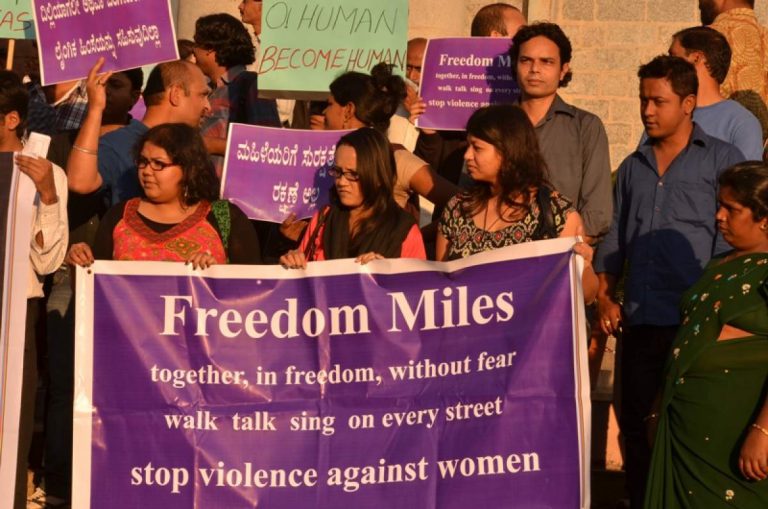Dum Laga Ke Haisha: Breaking gender and body image stereotypes
Ayush Gupta is a fourth-year B.A. LL.B. (Hons.) student at Jindal Global Law School, O.P. Jindal Global University, Sonipat. He has a keen interest in commercial law, trade regulation, and dispute resolution. Ayush has actively participated in national moot court and contract drafting competitions, and is currently exploring the intersections of law, policy, and business through internships and academic writing.
What if a husband disregarded his wife’s brains and ambition in favor of judging her only by her weight? ‘Dum Laga Ke Haisha,’ a film that questions long-standing gender standards in Indian society, explores this very quandary.
In 2015, Sharat Katariya’s Bollywood film “Dum Laga Ke Haisha” was released. The story is set in the year 1995 and features the picturesque setting of Haridwar. The film is a romantic comedy that is both endearing and thought-provoking. It looks at problems with body image and the demands society places on women, especially when it comes to small-town India’s arranged marriages. The film traces the life of Prem Prakash Tiwari, played by Ayushmann Khurana, He’s just drifting through life, running his little video store, seemingly stuck in a bygone era while the world around him races ahead.
Whereas Sandhya who is Prem’s wife played by Bhumi Pednekar is a self-assured, intelligent young woman who aspires to be a teacher by profession. The storyline of the movie proceeds with Prem’s reluctance to accept his new wife, whereas ironically the song titled “Sundar Sushil” literal translation (Beautiful and Well Mannered) enters in the background. The song describes the characteristics that bride and groom look for in each other. The characteristics in the song for the groom are “high Income, Graduate, has a bike and car”. The adjectives highlight how societal expectations may place heavy emphasis on man’s financial status and expects men to be well off. Whereas an adjective used for the women in the song as “beautiful, Gentle, Golden Fairy, Slim fit”. Underscore the societal expectation that women are expected to be fair in skin color and must be physically fit to be considered an ideal bride. This highlights how society through this song describes an ideal bride, who should not be educated, not go much outside the house or be a bread earner.
As the plot unravels further, it becomes evident when the expectations longed from bride and groom and the society exhibit contrasting qualities. The plot reveals the patriarchal nature of the society, when women is not able to fulfill the role, she faces scrutiny and faces rejection. Whereas such non-fulfillment of societal expectations on the part of men goes unnoticed. The story in the end takes a turn when Prem participates in a race where he must carry Sandhya on his back and shockingly wins. Such an act of winning resets the order of patriarchal society. The act of lifting the women on men’s back is both literal and figurative representation of how society considers women to be a burden on men.
The film accentuates how (Sandhya) who in this movie is rejected by Prem, due to her weight. In the movie, Prem cannot look past Sandhya as an overweight woman in order to fully accept her as a wife, he is not ready to see past these superficial concerns in order to accept her as his wife. The husband is fierce and insecure about how women are more educated and better qualified than him. The film also explores how there seems to be no sexual autonomy for women. The film explores the order that patriarchal society imposes on women and what happens when women overcome such patriarchal order.
Reversing the power dynamic: A woman’s rise
The narrative of “women on top”, is very well depicted by the director in the film. The movie from the male perspective metaphorically highlights the burden of how a woman who is educated is higher in the hierarchy. The film represents various instances where women are empowered over men. The scene towards the end where the characters are crying over their misery. First, Prem is shown crying. When he hears a weeping noise in the background, it is Sandhya who is sitting upstairs crying. The angles of the camera are smartly moved to display such a narrative of women on top. There is one scene where Prem is on the terrace and Sandhya is dancing below. As Prem is in an inebriated state starts ranting about his wife. What follows is a slap from Sandhya, who reached upstairs displaying an act of equality.
In another scene, where Sandhya is climbing the stairs to get book from the library shelf, the scene symbolically tries to depict the position of the women is positioned on the top of men, where such scenes try to depict why women is positioned on top due to her knowledge and qualification in contrast to men.
The film tries to portray how patriarchal societies assign gender roles and in cases where the roles are changed or reversed, such changes are re-settled until they achieve a situation where men are put at advantage over women. This supports Gloria Steinem’s claim in “If Men Could Menstruate,” in which she examines how attitudes in society would change if males had periods instead of women. The implications of such men menstruating would be that policy and practices would be favouring menstruation and they would even get paid leaves, whereas in case of women it is used to justify why women are not equal to men. Therefore reflecting an order settled where Women are at Disadvantage.
Gender Roles
In the film Sandhya and Prem portray contrasting characters due to their backgrounds and attitudes. Sandhya successfully manages both school and work while pursuing her college education whereas Prem, who lacks prowess and has education plays a different role. The resistance from Prem and his family towards this highlights societal concerns about challenging gender roles. There is one particular scene in the movie where post-marriage Sandhya is serving tea to prem’s family member she is subjected to comments by prem ‘s paternal aunt like “Yeh humse kyun bat karegi hum iske standard ke nhi hain na” in this context her statement implies that just because she is educated she is assumed to be arrogant. This is what the idea of a short story by Rokeya Shekhawat Hossain is where the gender role reversal in a fictional town of “Ladyland”. All the tasks which usually are performed by men are instead performed by women. Therefore, the story advocates the theme of women empowerment, gender equality from a feminist narrative. Similarly, the movie’s director Sharad katariya draws a feminist narrative in the movie.The film revolves around the theme of how women in a small town are not accepted by the society because they don’t fulfill the roles of ideal women. Society considers an ideal woman, who is not educated and is solely shaped and nurtured to be a better housewife. The film tries to depict how the empowerment of women and how the society reacts if women go out of the way and tries to reverse the order of society.
Ideal women and gender idealization
The society forms a mold for the women defining “ideal” women. The director Sharad Kataria through this tries to portray how the woman in the society is solely respected and accepted or judged through their looks.
Sandhya is often associated with the adjectives Cruel, cunning, over smart because she is educated and has a job. However, the deeper insecurity of a man is exposed, how a woman is educated and earns a salary, therefore commanding an authority which is superior to men. Such role reversal is not received well by men (specially Sandhya’s husband). Therefore, the problem is not only the BIGGER SIZE but also BIGGER BRAIN.
The film revolves around the theme of human sexuality as a societal taboo. The movie explores the theme of sex. The movie depicts how marriage is considered as the gate pass for sex. There is not even an idea of consent involved once a woman is married to a man. It is assumed that the act of marriage intrinsically carries the implied consent to have sex. There is a scene in the film depicting a sensuous act where the prem’s father insinuates to have sex with Sandhya to continue the family, as a result, the arrangement emphasizes family control over even the most private affairs, including sexual encounters, with little regard for the consent of those who are having sex.
The almost pertinent question to ask is “does society as displayed in the film have sex with the brain of the women?” The answer to such a question is a big “No.” The film tries to depict how Sandhya is not considered an appealing wife to Prem because she is slightly overweight. One such Incident in the film Sandhya goes lingerie shopping with her husband in a certain scene of the movie. Prem, meanwhile, is waiting outside and noticeably shows interest in two foreign by passers. It’s Contrasting to note that Prem treats these ladies very differently than he does his wife, who he seems to ignore since he thinks she’s not physically appealing enough. This implies that Prem does not treat his wife with the same charm and consideration and that his idea of attraction is mostly based on physical appearance.
There are multiple instances in the film in which Prem does not consider Sandhya worthy of sex and her sexual desires are not even catered in the film. The male gaze that follows wherein Male characters in the movie whether it is Prem or Prem’s Father depict their sexual desires. The film tries to expose how sex is considered as a male centric activity and women are not granted sexual autonomy. This is what the author Ratna Kapur talks about in her article “Sexcapades and law” where women’s sexual agency is constrained by Societal norms. One such incident is where Prem in an outside gathering says, “Moti sand mere gale bandhdi” and does not stop here and goes on to say, if you had to sleep with her for one night you will feel the torture which I face.
Call to action
To sum up, “Dum Laga Ke Haisha” is a movie that deftly reveals the complex web of gender roles, cultural conventions, and women’s emancipation in the sleepy village of Haridwar. With 1995 serving as the backdrop, the movie deftly handles issues of body image and social expectations, especially when it comes to arranged marriages.
The story illustrates how women are expected to live up to these expectations since they are frequently evaluated by traditional definitions of beauty. It exposes the widespread problem of body image issues and critically investigates the burdens imposed on women in a patriarchal culture.
The movie promotes reflection on the effects of gender idealization, social taboos, and the need for a shift in our attitudes and perspectives. The film’s message, which emphasizes the value of empowering women to establish their own narratives and escaping the confines of patriarchal expectations, strikes a profound chord with viewers.
References
- Feminism in India (2019). Amazing Just The Weigh(t) She Is. Retrieved from https://feminisminindia.com/2019/04/19/dum-laga-ke-haisha-review/
- Roy, S. (n.d.). Why the woman is actually not on top in Dum Laga Ke Haisha. Scroll.in. Retrieved from https://scroll.in/reel/714632/why-the-woman-is-actually-not-on-top-in-dum-laga-ke-haisha
- Steinem, G. (2019). If Men Could Menstruate. Women’s Reproductive Health, 6(3), 151-152. [Original publication Ms. Magazine, October 1978].
- Hossain, R. S. (1905). Sultana’s Dream. The Indian Ladies Magazine. Retrieved from https://digital.library.upenn.edu/women/sultana/dream/dream.html
- Kapur, R. (2001). Sexcapades and the Law. Seminar, 505.
